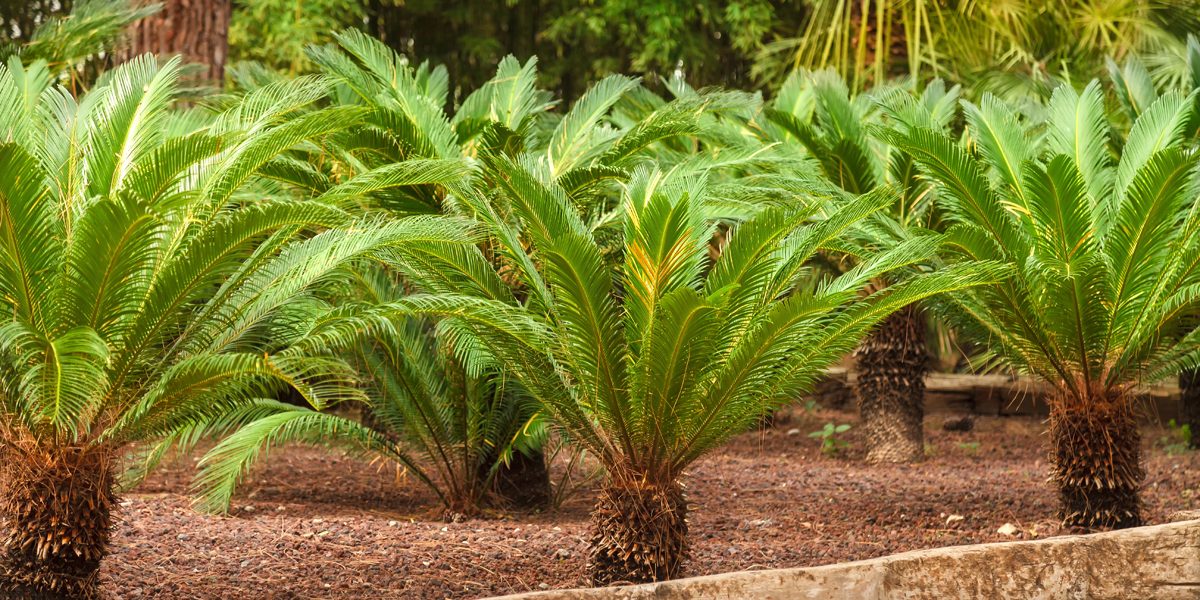The cost of a sago palm can range anywhere from $5 to $200 or even more, depending on the size, source, species, and other factors.
Size: This is the biggest factor influencing price. Smaller sago palms, typically around 10-12 inches tall, can be found for as little as $5 to $15. As the palm gets taller, the price increases significantly. A 24-inch sago palm might cost around $100, while a majestic 36-inch specimen could set you back $200 or more.
Source: Where you buy your sago palm can also affect the price. Online retailers and big box stores often have the most competitive prices, starting around $20-$30 for smaller palms. However, local nurseries and garden centers might offer larger or higher-quality palms at a premium, potentially reaching $150-$200 for mature specimens.
Species and Variety: While Cycas revoluta is the most common sago palm, there are other less common species and varieties that can be more expensive. For instance, the pygmy sago palm (Cycas inermis) stays smaller and might cost more per inch than its larger cousin.
Potted vs. Bare-root: Sago palms are usually sold potted, but some nurseries might offer bare-root options at a lower price. However, transporting and transplanting bare-root palms requires more care and experience, so it might not be the best choice for everyone.
Here are some additional factors that can influence the price of sago palms:
- Overall health and condition of the plant
- Pot size and material
- Presence of decorative features like moss or rocks
- Delivery fees (if applicable)
The Best Way To Tend to Sago Palm Trees
Sago palms are stunning, low-maintenance plants that add a touch of the tropics to any space. Here’s the lowdown on tending to them for optimal health and longevity:
Lighting:
- Bright, indirect sunlight: Aim for a spot that receives dappled sunlight or filtered light through a sheer curtain. Too much direct sun can scorch the leaves.
Watering:
- Less is more: Sago palms are drought-tolerant and prefer to dry out between waterings. Overwatering is their biggest enemy, leading to root rot. Stick your finger in the soil about 2 inches deep. If it’s dry, water thoroughly until water drains from the pot’s drainage holes. In winter, reduce watering even further.
Soil and Potting:
- Well-draining soil: Choose a fast-draining potting mix specifically for palms or cacti. Adding perlite or coarse sand to regular potting mix can improve drainage.
- Pot with drainage holes: Ensure your pot has ample drainage holes to prevent waterlogging. Terracotta pots are ideal for their breathability.
Fertilizing:
- Light feeders: Sago palms don’t need much fertilizer. A light application of a balanced, slow-release fertilizer once in spring and again in summer is sufficient. Avoid over-fertilizing, which can damage the roots.
Temperature and Humidity:
- Warm temperatures: Sago palms prefer warm temperatures between 65°F and 75°F. They can tolerate brief dips to 50°F but avoid prolonged exposure to cold temperatures.
- Average humidity: They adapt well to average household humidity levels but appreciate occasional misting, especially in dry climates.
Pruning and Maintenance:
- Minimal pruning: Sago palms generally don’t require much pruning. Remove any brown or dead leaves at the base to maintain a tidy appearance. Be careful not to damage the trunk or new growth.
- Repotting: Repot when the roots outgrow the pot, typically every 3-5 years. Choose a pot slightly larger than the previous one and ensure it has good drainage.
Additional Tips:
- Toxic to pets and humans: All parts of the sago palm are toxic if ingested. Keep it out of reach of children and pets.
- Slow growers: Be patient! Sago palms grow slowly, typically adding only a few inches of new growth per year.
- Enjoy the beauty: With proper care, your sago palm can thrive for decades, adding a touch of elegance and exotic charm to your home.
Remember, these are general guidelines. Adapt them based on your specific environment and the needs of your sago palm. Observe your plant and adjust your care routine accordingly.






